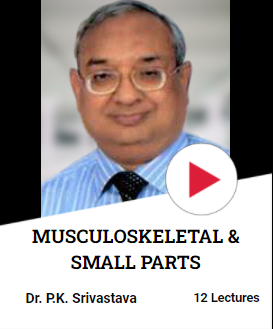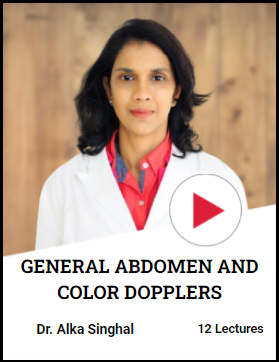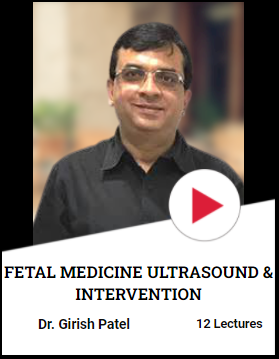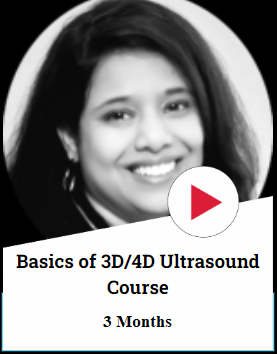Ultrasound reflection is part of the “physics of ultrasound”. Ultrasound is a procedure where high-frequency soundwaves or ultrasonic soundwaves are transmitted into the body using a hand-held device called the transducer. This transducer sends and receives soundwaves to convert into images for further study and diagnosis. The frequency range used in ultrasound is between 2-20 MHz which is outside of the human hearing range. The frequency is controlled by the transducer, a hand-held device, this device helps optimize the images. It is through this transducer that the sound waves can be emitted with low frequency to penetrate deep into the tissue and emit high frequency to get high-resolution images.
Various factors affect ultrasound images, and one of them is reflection. So what is Ultrasound reflection? How does it happen? Let’s go through the principle on which sonar works, the sound waves are emitted into the water and once these soundwaves hit an object they reflect and the sonar measures the time it took for the soundwaves to return. In the case of ultrasound, the soundwaves that return are received by the transducer to create images of the inner body parts. So here the soundwaves that return to the transducer and the images that are developed is the process of ultrasound reflection. The more the reflection the brighter the image. This reflection happens only when there is acoustic impedance on either side of the tissue boundaries.
Ultrasound reflection is considered of two kinds, specular and diffuse. In the case of specular reflection, the surfaces are large and smooth, when the acoustic impedance between two tissues is great the better the reflection and brighter the images are developed. In the case of diffuse reflection, the soft tissues cause the reflections to return in various directions due to the uneven surfaces. The benefit of this as mentioned before is deep penetration into the tissues and high-resolution images.
Certain factors affect ultrasound reflection as well, those factors are –
- The angle of incidence is the angle of the beam and the tissue surface. The angle of incidence for reflection to happen has to be less than 90 degrees. When the tissue boundaries are perpendicular to the ultrasound wave path it means excellent reflectors, then the tissue boundaries are parallel which means poor reflectors. And when poor reflection happens then the transducer does not receive any signals or sound waves resulting in no image being recorded.
- The width of the tissue boundaries is another factor that affects reflection. When the width of the tissue boundaries is less than the wavelength of the ultrasound waves then there will be no image reflecting. With tissue boundaries that are smooth and have a greater width than the ultrasound wave will result in reflection of the signal.
- Acoustic impedance mismatch is yet another factor. There is always some amount of density present between two tissues and this density is what is used to calculate the amount of acoustic impedance. So when ultrasound waves travel from one tissue to another the density between those tissues is what determines the amount of reflection. Larger changes will lead to a larger change in the acoustic impedance. This is called acoustic impedance mismatch. In conclusion, ultrasound reflection is the process when the ultrasonic sound waves pass through two different tissues with different acoustic impedance, and the wave bounces back. The bounced back waves are received by the transducer and then converted into images and displayed on the monitor.
References
- https://radiologykey.com/physics-of-ultrasound-2/#:~:text=Reflection%20in%20ultrasound%20refers%20to,more%20hyperechoic%20(brighter)%20image.
- https://radiopaedia.org/articles/reflection
- https://www.vaultrasound.com/educational-resources/ultrasound-physics/reflection-refraction/
- https://e-echocardiography.com/page/page.php?UID=1427121051













